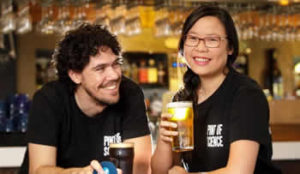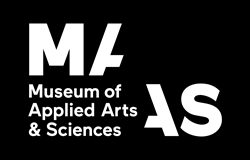When: Tuesday 13th November, 7:00pm – 7:30pm
Where: Turbine Hall, Level 1 next to the Experimentations exhibit
Hashtag: #T18
Genuine interdisciplinary collaboration between practitioners in arts and sciences can be a complex process. Here we present a case study of the challenges and outcomes of arts-science collaborations as part of the Material Science, Slow Textiles & Ecological Futures (MSSTEF) project.
MSSTEF was initiated by artists-researchers, Agnieszka Golda and Jo Law. The project was inspired from their Visiting Research Fellowships at the Museum of Applied Arts & Sciences, Sydney (MAAS) in 2017, where they looked to traditional slow textile techniques in the Museum’s Asian and Japanese collection in order to locate new ways to embed conductive materials into fabric to create immersive and multi-sensory artworks.
Golda and Law invited materials scientist Sepdiar Sayyar (ANFF, UOW) and climate scientist Helen McGregor (ARC Principal Future Fellow, School of Earth and Environmental Sciences, UOW) to investigate the use of innovative materials in contemporary art to convey climate science research. For Sayyar, the expectation was to find new and ecologically sound ways to create conductive materials, namely graphene, for art production. McGregor looked to this project to investigate art as a platform for science communication.
The combined use of slow textiles techniques, electronics and graphene presented a set of parameters. The tradeoffs between more environmentally sustainable solvents and optimisation of the conductive properties of graphene led Sayyar to consider his research practice in a different way. There was also negotiation between the artists and the climate scientist in balancing the need for scientific accuracy with making the science accessible and allowing for artistic creativity. This presentation will discuss problems encountered such as these and ways in which these difficulties were resolved. The presentation will look to the project outcome: the exhibition Spinning World at the MAAS, to conjecture how practice-based research in both arts and sciences can build a strong base for collaborative research.
Materials Science, Slow textiles and Ecological Futures
Images of the exhibition at MAAS
Presenter
Dr Jo Law, Senior Lecturer, University of Wollongong
Dr Agnieszka Golda, Senior Lecturer, University of Wollongong
